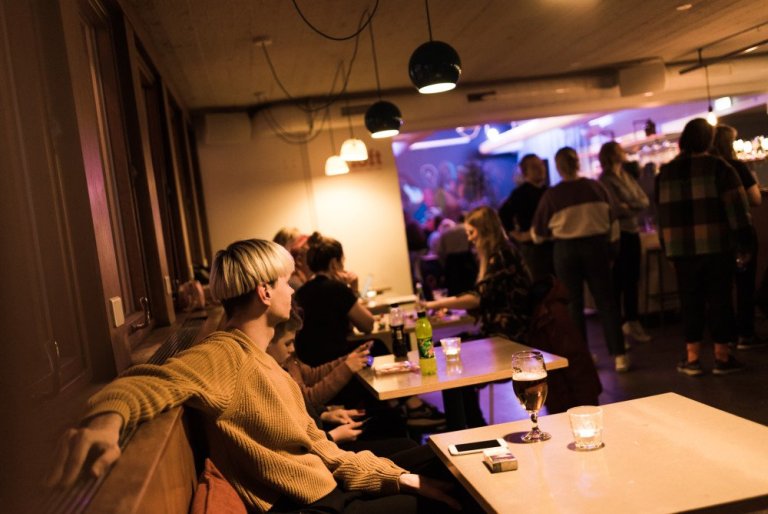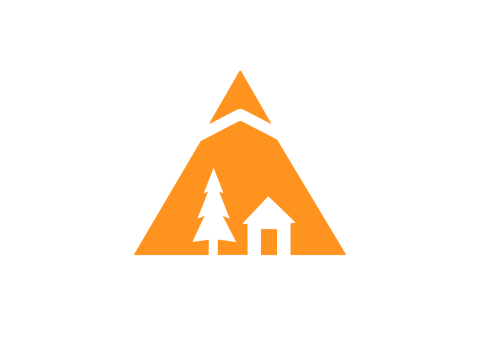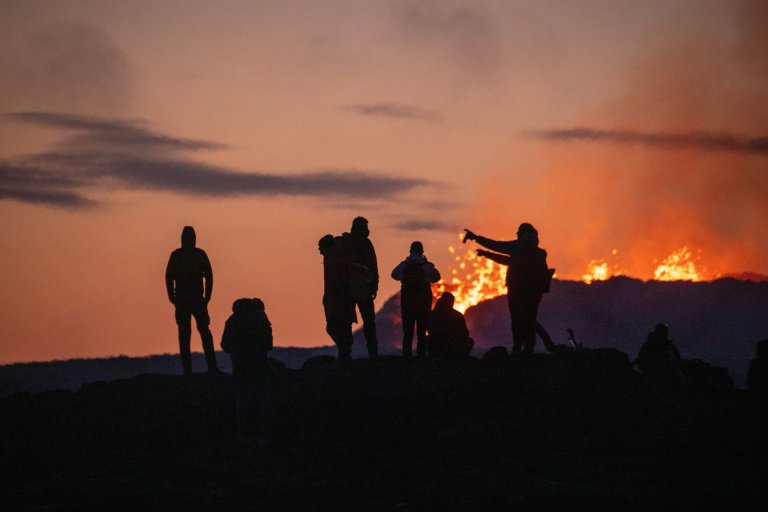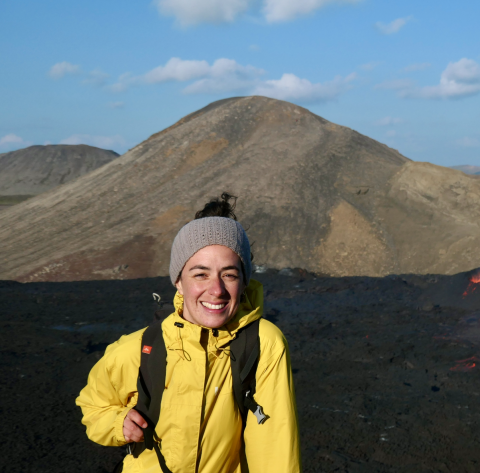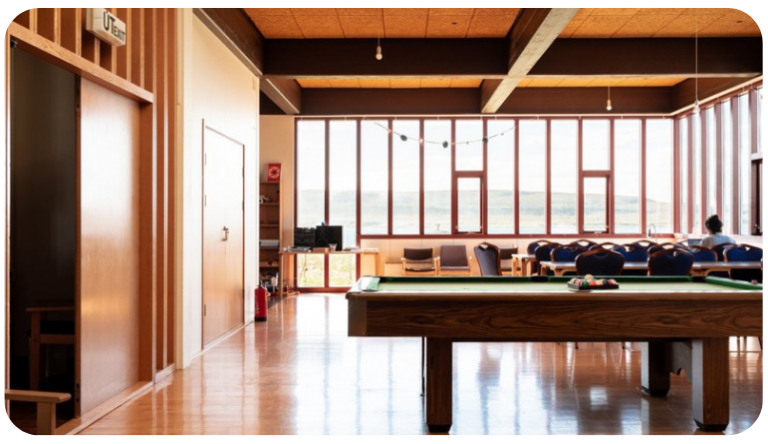Mother Earth never stops fascinating us here in Iceland. This is something you learn when you are in the land of ice & fire: when you think you’ve seen it all, she comes to remind you that there’s nothing further away from the truth.
She started telling us that something was going on the last 24th of February when a shaking earthquake of 5,7 surprised our normal and exceptionally sunny Wednesday. This was just the first reminder that the planet in which we inhabit is alive, and we could totally prove it within the next three weeks when we had more than 50.000 earthquakes registered in the peninsula of Reykjanes, 35km far away from Reykjavík.
Is in these moments when we realize how lucky we are and how relieving is to know that we count on the best scientists and experts, who started sending all kind of “calming down” messages, even the high percentage of uncertainty and the high number of questions without an answer that comes when a volcanic system wakes up after 800 years. All we knew: Something was going on, highly probabilities of eruption, the area was under control but nobody could tell the exact point where it would erupt and when, and finally, according to the kind of volcano system the expected eruption would be “effusive” and not “explosive”, so it would not represent a threat for the population.
So, when we were preparing ourselves to accept that we would have to deal with this uncertainty who knows until when, on the Friday 19th of March, an apocalyptic red sky could be seen from the city and the confirmation arrived: The volcano in Geldingadalur valley, in the mountain of Fagradalsfjall, erupted around 20.45h local time.
What do we know about the eruption so far?
As our geology experts perfectly predicted, it is an effusive eruption, which means that the lava steadily flows out of a volcano with a low ascent velocity, on the contrary as explosive eruptions where magma is violently and rapidly expelled from the volcano.
This kind of eruption is typical of the called “shield volcanoes”. This name derives from a translation of “Skjaldbreiður”, an Icelandic shield volcano whose name means “broad shield” from its resemblance to a warrior’s shield.
The pollution and gasses emissions are being reported constantly by the Icelandic Meteorological Office since the gas dispersion also depends on the weather conditions (constantly changing in Iceland), but for the moment and in general terms, the pollution has small chances to have a real effect on the health and well-being of the area’s population.
When a dream comes true.
Being realistic, we could never imagine having a volcano 40 km away from the city where you can hike and see an eruption where magma is coming from 17-20 kilometers deep out to the surface. Nothing more spectacular: magma that is converted into lava that creates new land, new life.
And this is of course a once in a lifetime experience that most of the population didn’t want to miss when the Civil Protection placed the possibility of visiting this piece of magic nature. Even though, they gave many advices since there are many aspects and safety measures to take into account: There are no roads or habilitated paths to go there. The path is marked so people don’t get lost, but it’s still a long and moderate difficulty hike, with an added difficulty because of the changing and unexpected weather conditions. It means that good equipment and good physical conditions are needed, in order to enjoy the experience and not to give extra work to the amazing Volunteer Rescue Team that is working 24h these days to ensure everyone’s safety.
And now, what?
As unpredictable as it has been until now, nobody knows for how long the eruption will go on. Even though, according to geologists, volcanoes in the Reykjanes Peninsula can be into a stage of unrest and episodic eruptions for a very, very long time, which means that this eruption could end in one month or one year! As always, Mother Earth will decide.
For the moment, this already has been a lesson for us: we realized one more time how small we are, we reaffirmed our respect for nature, we accepted that she is constantly changing and we just have to adapt to her, and we got the reminder that we are just guests in this planet and even that sometimes we pretend to control and to know everything, we don’t, and isn’t it amazing?
